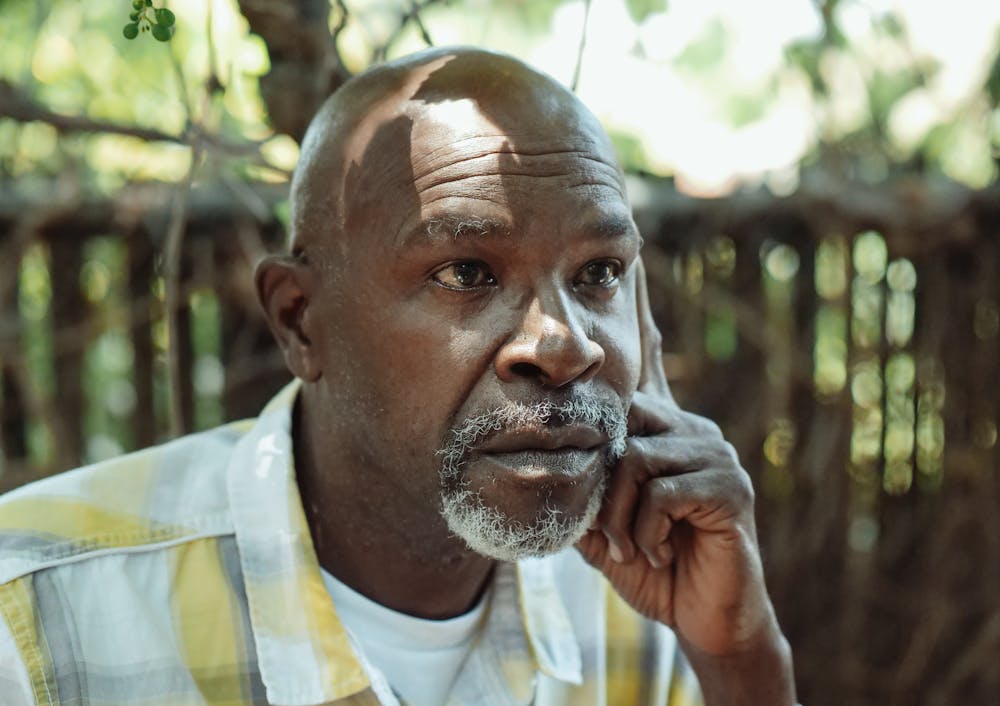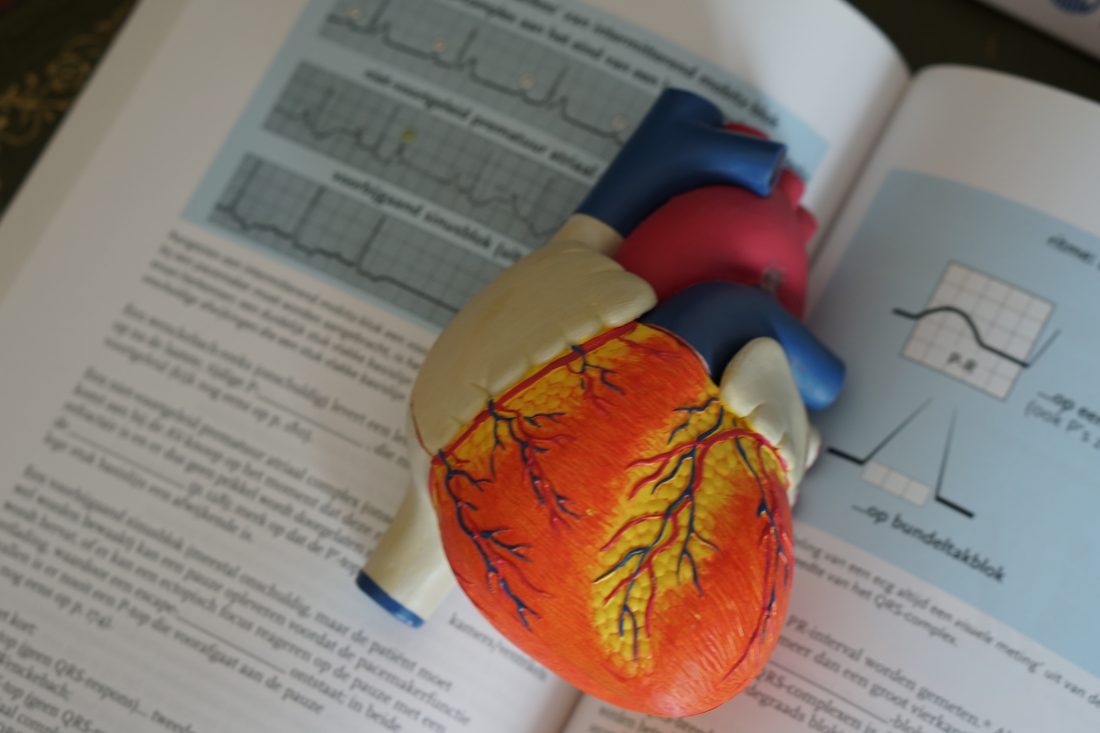When you think about Parkinson’s Disease (PD), you might imagine shaky hands or slow movements. But did you know the early signs can be much more subtle? Understanding these early symptoms is crucial because catching them early on can make a big difference in managing the disease. So, what exactly should you be looking out for?
What is Parkinson’s Disease?
Parkinson’s Disease is a bit of a mystery. It’s a progressive neurological disorder, meaning it slowly affects your brain and nervous system over time. You might wonder, “Why does this happen?” Well, researchers believe it’s a mix of genetic factors and environmental triggers. Essentially, certain nerve cells in the brain start to break down or die. But why those cells? And why do they die? That’s the million-dollar question.
Early Signs to Watch For
So, what are these early signs? Let’s break them down into two categories: motor symptoms and non-motor symptoms.
Motor Symptoms
Motor symptoms are the ones you might already be familiar with. Tremors, or uncontrollable shaking, usually start in your hands or fingers. It might not be very noticeable at first—maybe just a slight twitch when you’re resting—but over time, it can get worse. Then there’s bradykinesia, which is just a fancy word for slowness of movement. Ever felt like your body isn’t moving as quickly as your mind wants it to? That’s what we’re talking about here. Muscle stiffness is another early sign. Your muscles might feel tight or hard to move, making everyday activities a bit of a struggle.
Non-Motor Symptoms
Now, here’s where it gets interesting. Not all early signs are about movement. Some of them are more subtle. Losing your sense of smell is one of the earliest signs. Strange, right? You wouldn’t think that smelling a flower or your morning coffee would have anything to do with Parkinson’s. But it does. Sleep problems are another clue. If you’re tossing and turning or acting out your dreams (literally), it might be worth paying attention to. And let’s not forget cognitive changes. Maybe you’re finding it harder to concentrate or remember things. It could just be a sign of getting older—or something more.
Ever considered keeping a diary of these symptoms? It might sound tedious, but it could really help when you finally sit down with a doctor. Speaking of which…
When Should You See a Doctor?
If you’re noticing some of these symptoms, you might wonder, “Is it time to see a doctor?” The short answer: Yes. The earlier, the better. Seeing a doctor early can help slow the progression of the disease. But what can you expect on that first visit?
What to Expect During Your First Visit
Your first visit will probably involve a lot of questions and some tests. The doctor might ask you about your symptoms, your medical history, and even your family’s medical history. They may also perform a neurological exam to see how your muscles and nerves are working. Sometimes, they might order imaging tests like an MRI to rule out other conditions.
Exploring Treatment Options
Once you have a diagnosis, what comes next? Treatment. There are traditional options like medications and physical therapy that help manage symptoms. But more and more, people are exploring alternative treatments and supportive therapies.
And here’s where it gets interesting. In some states, medical marijuana has been legalized for treating certain conditions, including Parkinson’s Disease. For example, in West Virginia, Parkinson’s is recognized as a qualifying condition for medical marijuana use, meaning residents can apply for a WV medical marijuana card if they meet the criteria. This card provides access to cannabis-based treatments that some patients find helpful for managing symptoms like pain, muscle stiffness, and tremors.
Research suggests that certain compounds in marijuana, such as CBD and THC, may offer relief by interacting with the body’s endocannabinoid system, which plays a role in regulating pain and movement. However, it’s essential to have an open conversation with your doctor to see if medical marijuana could be a suitable option for you, considering your specific symptoms and overall health condition.
Lifestyle Changes That Can Help
Beyond medications, there are lifestyle changes that can make a big difference.
Exercise and Physical Activity
You’ve probably heard it before, but exercise is one of the best things you can do. It helps keep your muscles strong and flexible. But don’t worry—you don’t have to start training for a marathon. Simple activities like walking, yoga, or tai chi can work wonders.
Nutrition
What you eat matters, too. A healthy diet can support your brain health and reduce inflammation, which is crucial when you have Parkinson’s. Think about incorporating more fruits, vegetables, and whole grains into your meals.
Mental and Emotional Well-being
Don’t underestimate the power of a positive mindset. Stress and anxiety can make symptoms worse, so finding ways to manage your mental health is just as important as taking care of your physical health. Consider meditation, joining a support group, or even just talking to someone who understands what you’re going through.
Looking to the Future
Living with Parkinson’s isn’t easy, but planning for the future can help. It might not be the most fun thing to think about, but discussing future care needs with your family and healthcare provider can relieve a lot of stress down the road. And while you’re at it, consider making some legal and financial plans, like setting up advanced directives or looking into financial planning for long-term care.
Final Thoughts
So, there you have it. Early signs of Parkinson’s Disease are not always what you might expect, and recognizing them can make a world of difference. Seeing a doctor early, exploring different treatment options, and making some lifestyle changes can all help manage the disease and improve your quality of life. Remember, living well with Parkinson’s is about being proactive, staying informed, and taking care of yourself both physically and mentally. You’ve got this!
By understanding these early signs and knowing when to seek help, you’re already taking the first steps towards a better, more informed future. Keep moving forward, and don’t hesitate to reach out for the support you need.


